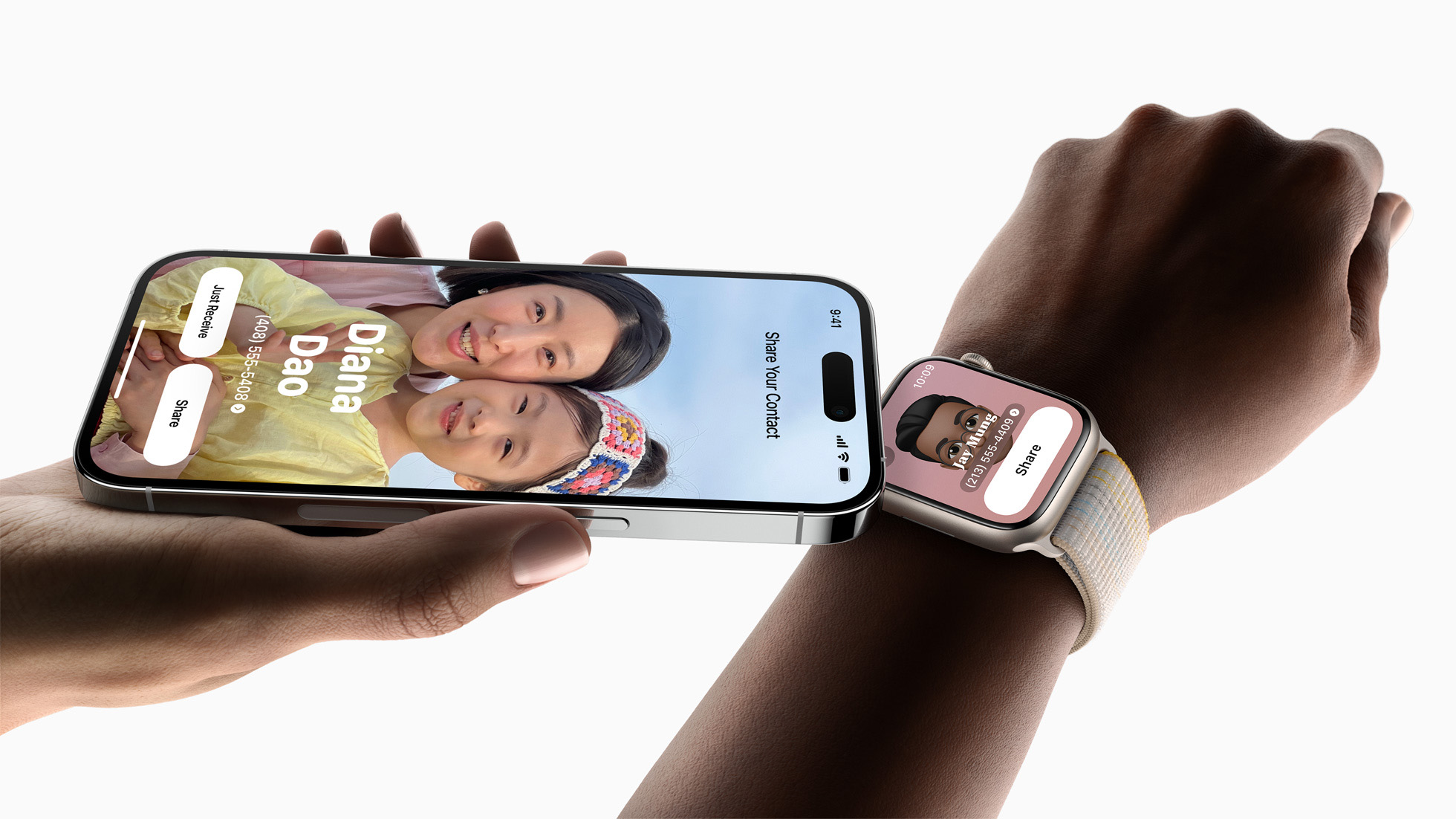Even for what is deemed to be a slightly smaller than usual annual update, iOS 17 still brings a host of new features. As the beta process begins, there’s plenty to study and try before the software is fully released this fall.
But as I examined the capabilities of this latest update, something interesting struck me: Older technology seems to be having its moment in the sun, as Apple embraces its usefulness in many new ways. That’s great not only because it means new features, but also because, since it’s been around for a while, these new features will be available on any iPhone that’s running iOS 17.
I’m talking, of course, about the near-field communication (NFC) chip in the iPhone.
pay to play
iPhone NFC support dates back nearly a decade, to the iPhone 6 family. At the time of its introduction, NFC was exclusively enabled for use with Apple Pay, which was rolled out at the same time. It wouldn’t be for three years before third-party developers could add limited support for using NFC in their own apps, and it wasn’t until last year that the company finally allowed third-party payment apps to be used. NFC to accept transactions. (For which you can probably, at least in part, thank the European Commission for an antitrust investigation.)

Apple
Besides handling payments, Apple was slow to find other ways to use NFC’s capabilities, largely because it seemed focused on technologies that required other companies to join. A big push, for example, has been to allow your iPhone to be used as a key to various things: your car, your home, your hotel room, your dorm, and your office. But not only does this force car manufacturers, smart lock manufacturers, hotels, etc. to update their hardware and software to ensure compatibility, but this also often requires users to invest in new infrastructure as well. And very few people buy a new car just so they can use their phone as a key.
Similarly, Apple announced in September 2021 that it would partner with eight states to add driver’s licenses to Apple Wallet, allowing them to be scanned via NFC, as well as making them available to the TSA in some airports. But adoption of the feature has been frosty: nearly two years later, only half of those states have actually rolled out the support, and there are still only a handful of airports where the TSA offers the feature. .
With all that, it looked like NFC might not really be intended for use beyond mobile payments.
just fall
So it was a bit of a surprise at this year’s Worldwide Developers Conference when Apple showcased no less than three new features that take advantage of NFC.
Features including NameDrop, which lets you exchange contact information with another nearby iPhone, as well as NFC support to start AirDrop transfers or SharePlay sessions, use NFC to streamline interactions that might otherwise be boring or complicated.
The key in all these cases is the interaction between Apple’s own devices, as opposed to relying on third parties. With nearly a decade of NFC adoption under its belt, the company can essentially guarantee that nearly every iPhone in use today supports the technology – and certainly every iPhone running iOS 17, since older models than it supports as of 2018. This means users don’t have to spend time wondering whether or not their iPhone will work with these features. (Or risk looking stupid by waving their phone near their friend’s and hoping something happens.)

With the new NameDrop feature in iOS 17, you’ll be able to share your contact information with just a tap using the power of NFC.
Apple
Everything old is new again
So, nearly a decade later, NFC is poised to become even more of a key iPhone technology, demonstrating that sometimes these things lurk under the surface for a while before becoming the latest thing. The good news is that this means there’s still time for some of those other technologies that haven’t yet caught on. (I’m looking at you, ultra wideband.)
I can’t deny that this slew of new NFC-based features feels a bit like it stems from the easing of pandemic restrictions and a hopeful view from Apple that maybe we’ll interact closer again, exchanging virtual business cards at conferences, sharing photos with each other during shared experiences and even listening to music together. It’s kind of nice to see technology enabling human contact.
This does not mean that everything is upside down. The biggest concern with almost any feature like these, however, is discoverability. Yes, other smartphones have supported proximity-based data transfer features in the past, but after years of not being able to do this on an iPhone, it will be interesting to see if users end up embracing these new features, or if they end up abandoning them.
Update: An earlier version of this article incorrectly listed the number of airports accepting digital IDs.



